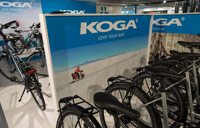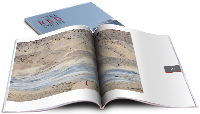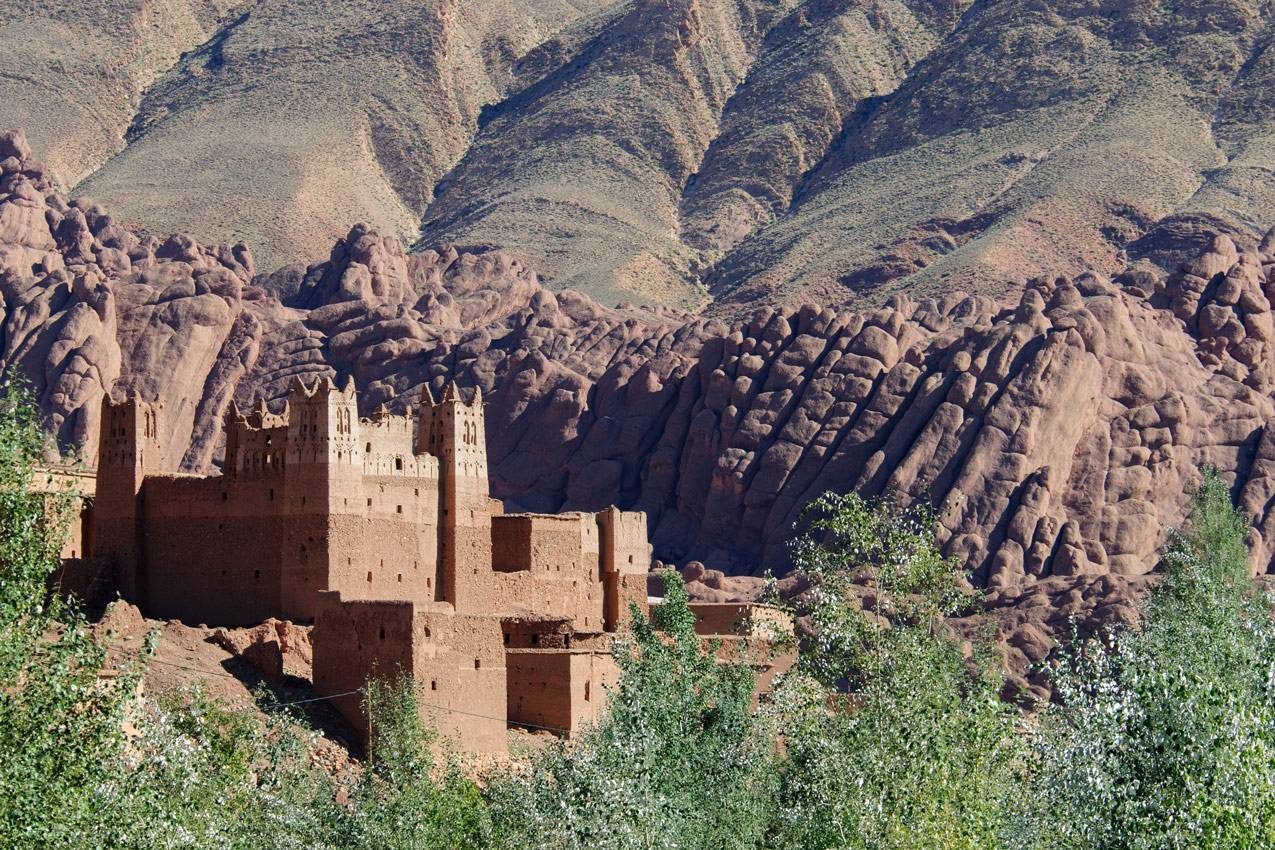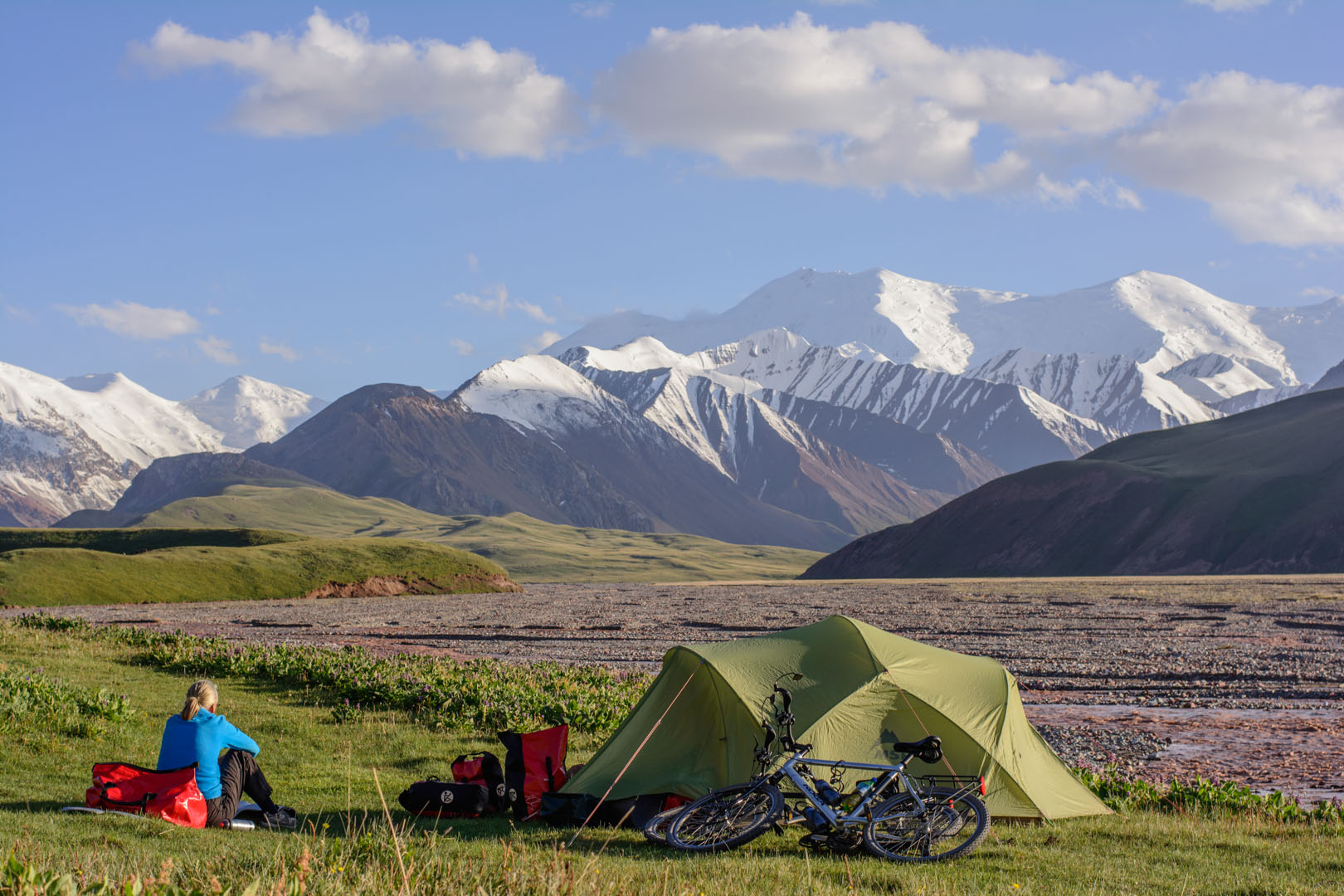Photos © Peter Jordan
An interview with London newspaper photographer Peter Jordan
In 2013 Peter spent 5 months cycling through France and afterwards he published a photo book titled “Me, my bike and a compact camera. France”. The book preview can be viewed here and Peter’s facebook profile here.
Q: during that trip you carried a canon G12 compact camera with an optical zoom of 28 – 140. why did you choose that instead of carrying multiple lenses?
A: I would have to carry 4 prime lenses – a 28mm-50mm-85mm and a 135mm – plus a camera body to put them on, to have the same range as I get from the compact I carry. That’s a lot of weight. Yes, you do get better quality pictures from a prime lens but I have no complaints from the quality of my photos taken on the Canon G12. I have A4 size prints on my walls at home that look great and could have been bigger if I wanted. I even had a 13×11 inch photo book made and it looks superb. Why would I want to lug around such heavy equipment when I can do the same job with a small lightweight and easily accessible camera? A lot of people seem to think (understandably) that you have to have top of the range expensive gear to take great pictures. I think that’s rubbish.
Q: you also carried a Gorilla Pod tripod – how did that work out for you?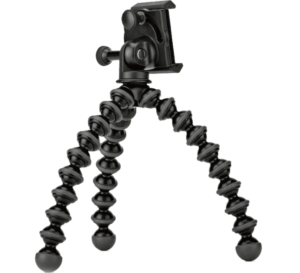
A: The Gorilla Pod is a great bit of kit. They have different sizes to fit a variety of cameras and lenses. The one I have fits in the front bar bag alongside my camera. You can put it in places where a normal tripod won’t go. Because of its bendy design you can wrap it around almost anything. I’ve used it on tree branches, fences, sign posts, rocks and even my bike handle bars. The only advantage I can see from carrying a tripod is that you can use the camera at different heights but even this isn’t an issue if you think creatively about how to place the tripod.
Q: Peter you travelled solo yet your photo book preview is full of self-portraits. how did you manage to get all of those shots?
A: I almost never ask a passer-by to take a picture of me. That’s because I’m always disappointed with the results. Taking good selfies takes time and effort, most of the time. I love taking them and will spend a lot of time getting it right. Once I’ve seen what I think might make a nice picture I will look for somewhere to put the camera and then do some test shots. I will change the angle and move it around. I look at the back screen and think how I can make it better, maybe under exposing the pic depending on the circumstances or shooting from ground level looking up or from above looking down. Some people can see a picture straight away in their mind before they even take it. I can’t. I cover all the possibilities until I see what I like. I sometimes take dozens of shots until I’m happy with just one. When I am happy with the result, I will dump the rejects to free up memory space. There’s no point in keeping pix you won’t use.
Q: In the book forward you write, “there is no rhyme, reason or theme to the pictures. If I saw something I liked, then I would stop and take a picture of it.” yet when I view the book preview – it’s full of a variety of images ranging from a fence gate to a pan of pasta. did you make a list before the trip of subjects that you wanted to shoot or is it just all of your years of newspaper experience that helped you photographically document your trip so well?
A: I never make a list. I sometimes have an idea but most of the time I just bump into pictures along my route. I’m always looking as I ride along. If I see something I will stop and take it. People say to me “I saw a great picture today” but they never took it. You have to stop. It does take effort and time but for me it’s part of the whole cycling experience along with the camping, cooking and being free. It also gives you great memories too. I like taking pictures of the food I cook. If I’ve spent time preparing something nice then I want to show it off to others. It’s a pride thing too, I don’t want all my Facebook friends thinking I live on Pot Noodles all the time, although I do like them too. Working as a press photographer is an advantage but our eyes are the same. Just think pictures and it will fall into place eventually.
Q: In the future – would you carry the same photography equipment or is there something you wish to change?
A: I love the combination of the Canon G12 and the Gorilla Pod. No, I would not change anything at the moment. The camera did start playing up towards the end of my trip. I have had it repaired now but I know it has a shelf life. If I had to replace it then as a lover of the Canon G series it would be one of the newer models. The Gorilla Pod is a great bit of lightweight kit and would also stay, no question.
Q: Any last words of advice?
A: You don’t need a big expensive camera with the biggest sensor to take good pictures. Try looking for a decent compact with a zoom lens (you don’t need the longest zoom either). The camera should have a few different settings on it. I would look for one with a Program and Manual setting, exposure compensation, the ability to focus at close range (macro setting), to take HD videos and the option to turn the flash off. My G12 has a few fancy settings which I hardly ever use but they’re fun when I do.
Learn about the camera. Read the manual inside out until you know what all the settings and buttons are for. The more you know how to use the camera, the more comfortable you will be about taking pictures with it. Experiment with it to see what it is capable of. A spare battery is a must. Keep it charged up. Two memory cards was fine for me. I never used the second one as I edited on a Mini iPad along the way and dumped the rubbish pictures to free up space. If you intend to edit after your trip then take several cards with you and go through your days pix on the back of the camera deleting any that don’t make the grade.
Take time out for your photography. Look and think all the time of what might make a nice frame. When you see one, do it properly. Take lots of different pictures, not just landscapes. There are loads of nice images out there waiting to be taken; you just have to find them by keeping your eyes open. Don’t worry about the weather or if it’s day or night. Think silhouettes or expose for just the highlights of something. Maybe use a slow shutter speed and pan a moving subject for a creative blur effect. The macro can produce some stunning close ups. Make sure your pictures are sharp and well-focused, if not do it again and get it right.
Thanks Peter for taking the time to answer the questions. Check out his picture book of cycling through France for some photographic inspiration.

